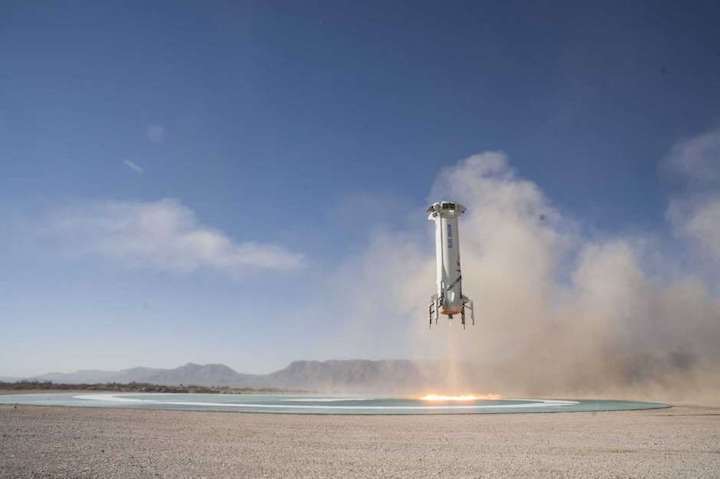25.06.2020

NASA said Tuesday it may fly NASA astronauts, engineers, scientists, operators and trainers on suborbital vehicles owned by commercial companies.
It would be the first time since NASA's early human space exploration that the agency has placed humans on suborbital missions, which go into the lower reaches of space and then return to Earth without making a full lap (or orbit) around the planet.
Suborbital flights are expected to be more affordable and accessible than flights to the International Space Station located in low-Earth orbit, and NASA said it could use these suborbital missions for the testing and qualification of spaceflight hardware, human-tended microgravity research, and additional training opportunities for astronauts and other NASA personnel.
“We’ve seen how industry can develop innovative crew transportation systems that meet NASA’s safety requirements and standards,” Kathy Lueders, associate administrator for NASA's Human Exploration and Operations, said in a news release. “Now we’ll be looking at a new way of enabling NASA personnel to fly on commercial suborbital space systems by considering factors such as flight experience and flight history.”
The agency has put out a Request for Information to learn more about suborbital crew transportation systems. Companies developing these vehicles include Richard Branson's Virgin Galactic and Jeff Bezos' Blue Origin.
The Suborbital Crew office is part of NASA's Commercial Crew Program, which recently launched NASA astronauts Bob Behnken and Doug Hurley to the International Space Station using a commercially owned and operated SpaceX Falcon 9 rocket and Crew Dragon capsule. The Suborbital Crew office will scrutinize the safety of commercially built suborbital vehicles and qualify them for use by NASA personnel.
The last time NASA astronauts flew on suborbital missions was with Project Mercury, which put the first American, Alan Shepard, in space in 1961, and the X-15 hypersonic research program where a rocket-powered X-15 made its first unpowered glide flight in 1959 and its final powered flight in 1968.
Quelle: Houston Chronicle
